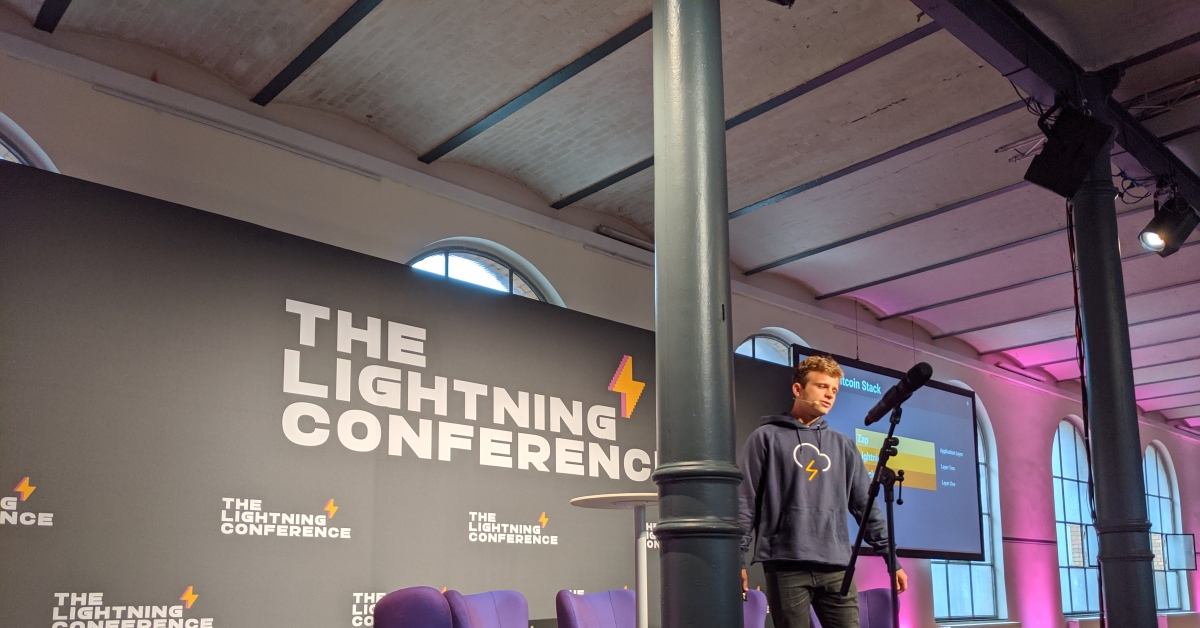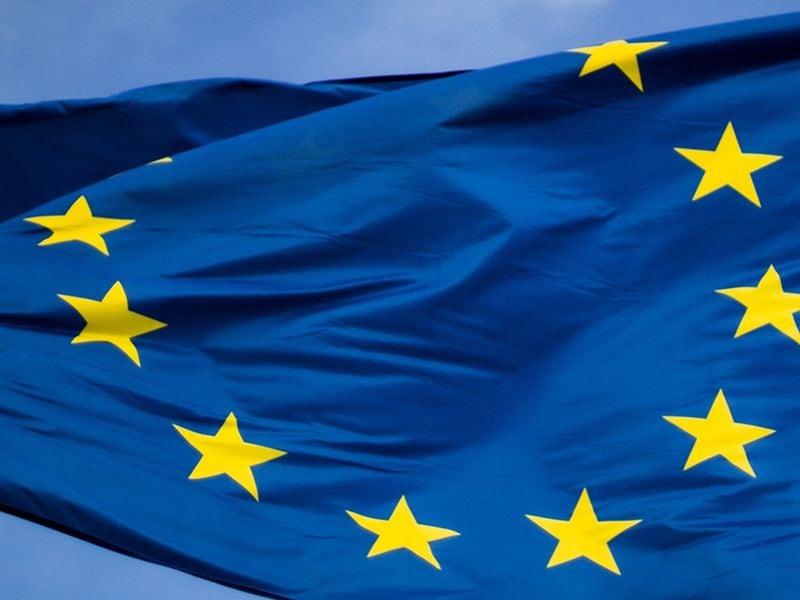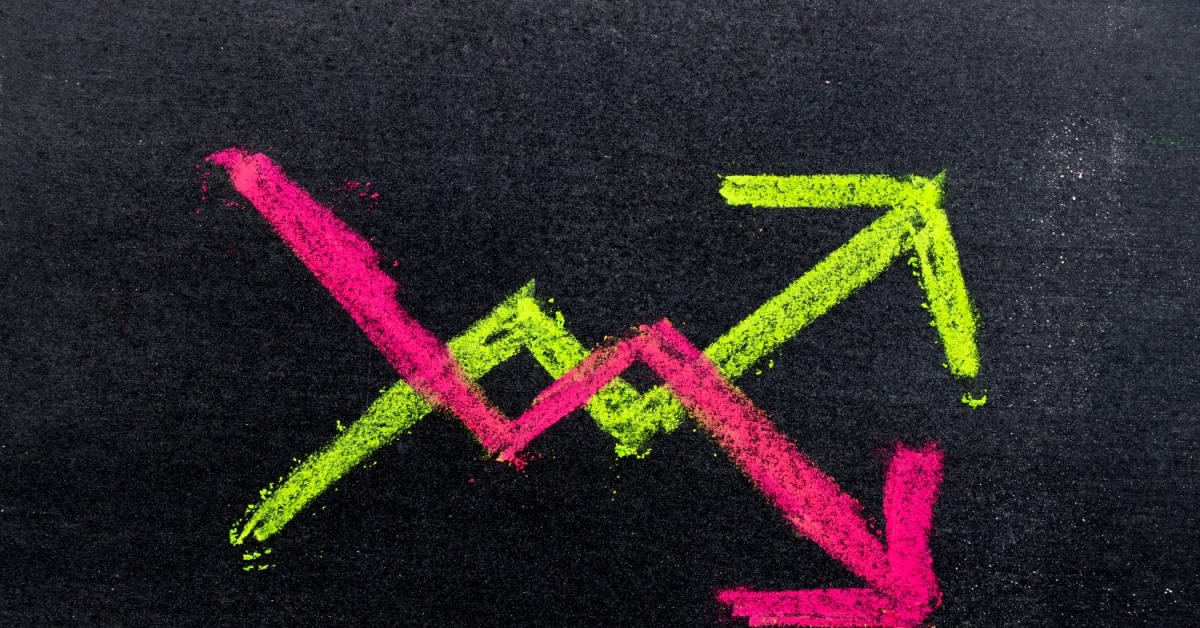Ripple Labs
Originally OpenCoin Inc, Ripple Labs is the San Francisco company behind the XRP ledger and Ripple payments network. Founded in 2012 by Chris Larsen, Jed McCaleb, and Arthur Britto, it is currently led by CEO Brad Garlinghouse.
Ripple Labs can trace its origins back to Ripplepay, a peer-to-peer payment network created in 2004 by Ryan Fugger. Fugger had wanted a network that connected individuals and allowed them to extend credit and exchange debt through the people they knew in the network. In 2012, McCaleb and Larsen, who had been working on their own digital currency project, contacted Fugger, who subsequently entrusted the project to them.
Ripple aims to improve cross-border payments through its distributed ledger and the global banking system by making transfers cheaper and more efficient. The company has multiple products: xCurrent is software banks can use for cross-border payments; xRapid helps financial institutions manage liquidity costs; and xVia, is a user interface to make xCurrent and xRapid easier to use.
The XRP token, the ledger’s native digital asset, is mainly used on xRapid to provide liquidity in cross-border payments that involve illiquid trading pairs.
The network of financial institutions using all of Ripple’s products is called RippleNet, and includes well over 100 established financial institutions, such as Santander, American Express, MoneyGram, and PNC Bank.
Ripple Labs is privately funded by investors including Andreessen Horowitz, Google Ventures, and Accenture. It created 100 billion total XRP when the project launched: 80 billion went to Ripple Labs and 20 billion was allocated to the founders as “compensation” for the risk associated with setting the project up.
Ripple Labs has gradually released its XRP holdings into general circulation, to improve liquidity. It was down to roughly 55 billion tokens by December 2017. Most of the XRP is now held in an escrow account, and the company puts a billion tokens up for sale every month. The escrow account held approximately 48.9 billion tokens at the start of 2020.
Leaving Ripple in 2014, McCaleb took to an XRP Talk forum to announce he planned to sell his 9 billion XRP tokens. His announcement corresponded with a 40% drop in XRP’s price overnight.
Ripple Labs subsequently reached an agreement with McCaleb to prevent him from selling his 9 billion XRP all at once. The terms of the plan gave McCaleb the option to sell $10,000 worth of tokens a week for the first year and $20,000 a week the second, third, and fourth years.
Ripple Labs has been at the center of several controversies with the law. In 2015, the Financial Crimes Enforcement Network (FinCen) fined the company and its subsidiary, XRP II, $700,000 for failing to register as a money services business (MSB) before selling XRP, in addition to failing to implement appropriate anti-money laundering (AML) procedures. Ripple eventually agreed to pay a $450,000 fine and settle potential criminal charges from the investigation.
In 2018, several lawsuits were filed against Ripple that alleged XRP should have been classified as a security as the company used tokens to fund the Ripple ecosystem. These lawsuits were filed due to investors losing money after XRP’s price drop.
In 2020, Ripple Labs filed a lawsuit against Youtube, claiming the platform had done nothing to stop fake XRP giveaway scams that had resulted in users losing money and caused reputational damage to the company,








